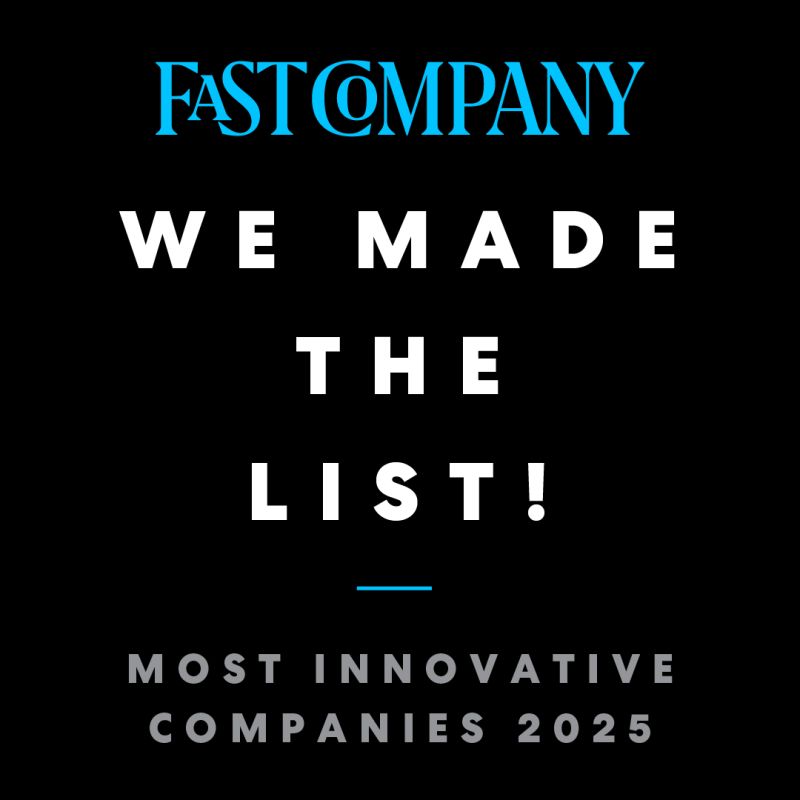How to Grow Profitability with Strategic Materials Purchasing

Purchasing is critical to construction planning, but it’s usually rife with inefficiencies. Age-old manual processes that no longer fit the way you operate can significantly impact project profitability, but what if you adjusted your approach?
Understanding inefficiencies and combating them with automation can prevent time loss, double buying, and material waste, giving your bottom line a lift and keeping projects on track. Read on to get a better handle on opportunity costs and turn your profitability around.
Identifying Where Opportunity Costs Stack Up
Disorganization causes more than just headaches. Outdated, manual purchasing processes cost time, money, and efficiency. Consider everything that goes into construction planning purchases:
Gathering What Needs to Be Purchased
Are you getting what you need? For the purchasing team to order the right materials and stay on budget, they need to gather information from various sources, such as the:
- Field
- Vendors
- Warehouse
- Bill of materials
The problem is that this information is in different formats, might not be up to date, or isn’t tracked at all, so you wind up double buying, leading to unnecessary costs.
Creating the Purchase Order (PO)
Drafting individual POs for each vendor during construction planning can be a time-consuming, error-prone process when your team does it manually. That information you gathered from disparate sources? The team has to make sense of it all and draft POs—including accurate materials and quantities—for each vendor. But when that’s manual, you could:
- Make typos.
- Order the wrong parts.
- Leave out key delivery information.
- Enter data incorrectly.
Accepting the Order Acknowledgment (OA)
Orders aren’t complete when you hit “submit.” Pricing and available quantity can change between the time you send your PO and when the vendor confirms it with their OA. If you don’t update accounting to reflect changes, it throws off job spend and material usage when analyzing a job’s progress and could even increase your risk of paying an incorrect invoice.
Updating Records
PO lifecycles can vary between materials and change from first send to fulfillment, so records need to stay updated throughout the course of a job. The challenge? Most accounting systems don’t have an easy way to create order drafts, update versions, and track changes between POs. This results in more time and effort to create new versions of old records.
Tackling Inefficiencies in the Materials Purchasing Process
Automation has the power to optimize the purchasing process, cutting out inefficiencies during construction planning to save up to 75 percent on related overhead. This translates to:
- Lower costs to process each PO, with substantial savings at scale
- Simpler information gathering and tracking for PO data
- Seamless updates for both OA and PO data across the job lifecycle
Digital technology provides the key you didn’t know you needed. Look closer at how all of this shakes out.
Opportunities to Reduce Hidden Costs in Materials Purchasing
By fine-tuning your purchasing process, it’s possible to resolve your biggest opportunity costs. A fresh approach allows you to:
Streamline material information gathering.
A digital tool for building and submitting requests online can provide the backbone for your material request process, removing back-and-forth communication, saving time, and providing organized information in an established format.
Eliminate manual work when creating POs.
When materials requests, warehouse inventory, and up-to-date status of your hold for release POs are available digitally, you can transfer materials information from one place to another. Consider: If procurement software is integrated with an accounting/enterprise resource planning system, line items can be converted into a PO and automatically added for accounting, including key information such as job, phase, and tax codes.
Automate and track POs with ease.
Tired of tracking everything via email? Procurement software can issue and track POs in one place, helping you sort and search by job, PO number, or vendor. Electronic data exchange helps software issue POs into your vendor’s system, so you can quickly see material prices, enter necessary details, and place orders.
Ensure order acknowledgment data is updated.
OA review must be part of the purchasing process, improving purchasing decisions and reducing invoice errors. Optical character recognition (OCR) technology built into procurement software can automatically upload OA details and update POs and accounting software to ensure accurate order records.
Keep order info up to date.
Have POs that are relevant throughout the construction planning process and project lifecycle? They can have many versions, making it tough to stay organized. Technology helps to support purchasing and change orders, pushing updates into the accounting system automatically.
Streamline Your Purchasing Process
Purchasing doesn’t have to be just another line item or responsibility on your construction planning checklist. With a fresh approach, you can refine the process to minimize risks and prevent time loss, cost overruns, and duplicate administrative work.
Download our e-book, 7 Steps to Better Procurement for Specialty Contractors, for deeper insights into the complete procurement process and learn how procurement software helps set each job up for success.
Related posts


Kojo Named One of Fast Company’s Most Innovative Logistics Companies of 2025


Industry Insights From MEP Innovation 2025: Trends We Observed




.png)
%201.svg)